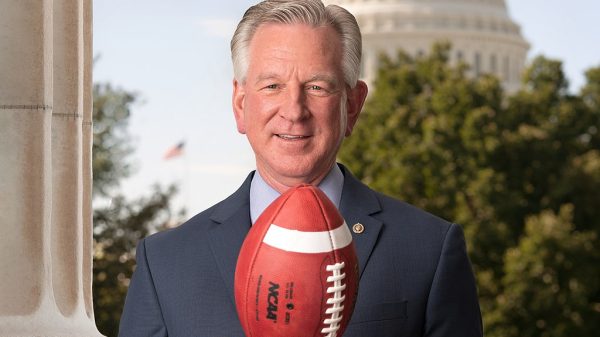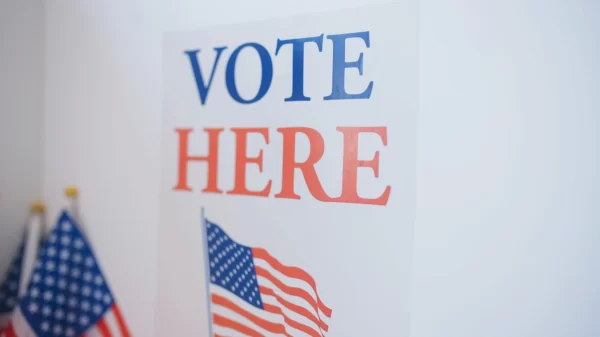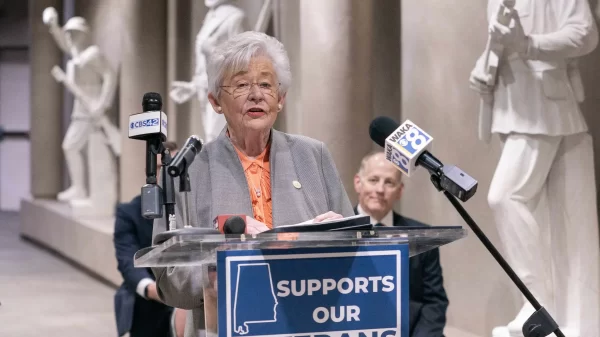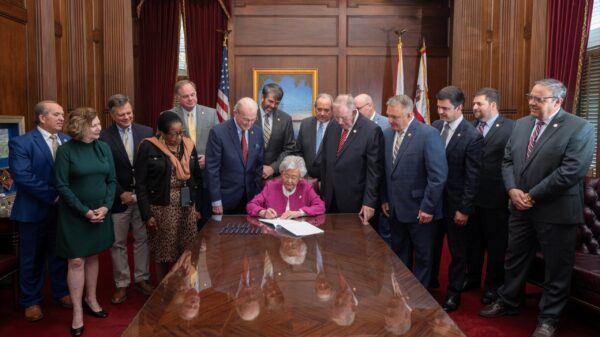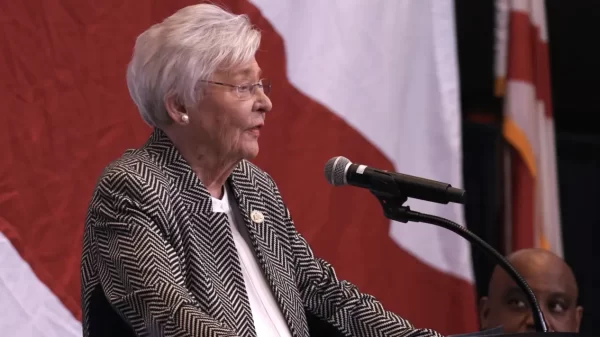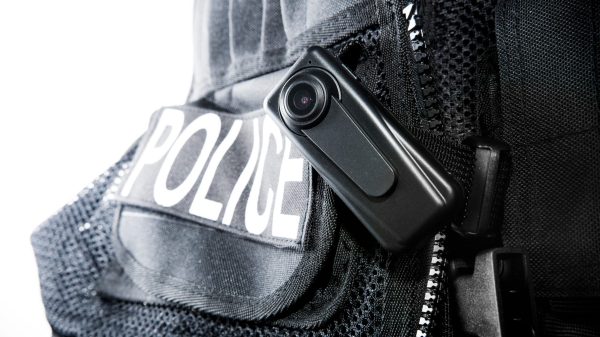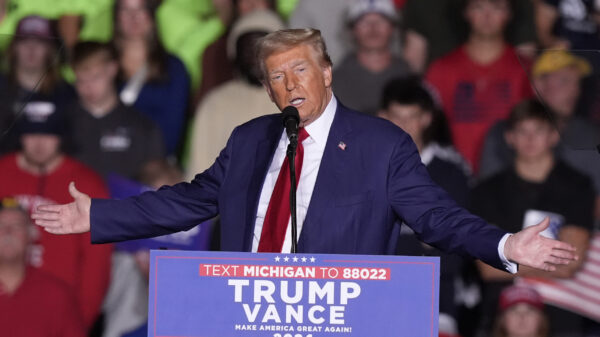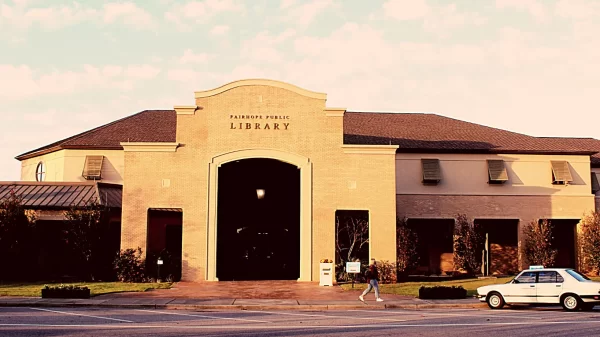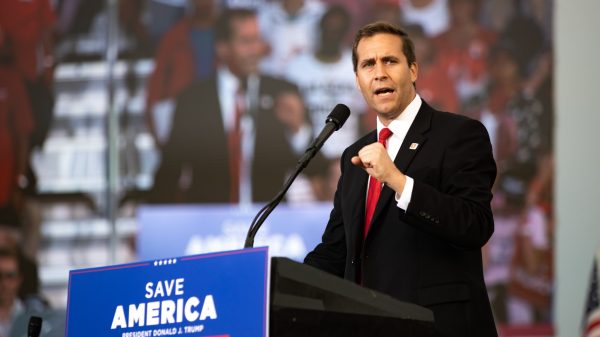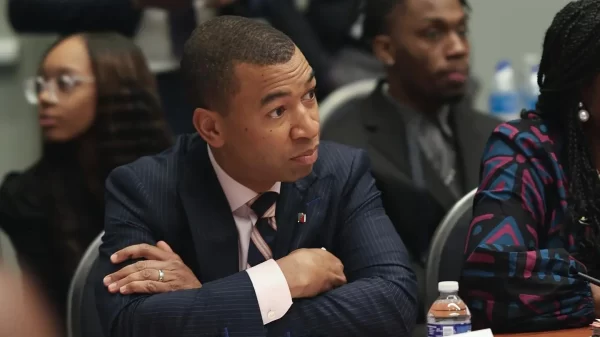|
Getting your Trinity Audio player ready...
|
On Thursday, the Southern Poverty Law Center, SPLC, released the fourth edition of its bi-annual “Whose Heritage? Public Symbols of the Confederacy” report. The report tracks both the protection and removal of Confederate memorials located in public spaces, schools, street names and military bases across the U.S.
According to SPLC, the report “is designed to inspire action against the continued presence of Confederate symbols and the scope of symbols perpetuating the Lost Cause myth, uplift the history of Black and white Southern abolitionists, interracial labor struggles in the South, and Civil Rights heroes while elevating ongoing efforts to replace harmful symbols and narratives.”
Per the report, over 2,000 Confederate symbols continue to stand in public spaces across the country, including 685 Confederate monuments. The report also notes that several states, including Alabama, continue to celebrate Confederate Memorial Day as a public holiday. This year, Alabama will be observing Confederate Memorial Day on Saturday, April 26.
The SPLC also hosted a press call on Thursday featuring some of the individuals who constructed this year’s report.
“The 2,086 Confederate memorials still standing across the United States today are the results of a mass propaganda campaign to erase history,” said Rivka Maizlish, senior research analyst for the “Whose Heritage?” project.
“Opponents of removing these memorials often claim that they don’t want to erase history. In fact, the presence of Confederate memorials in the United States are the result of a concerted effort to do just that: to erase the true history of the Confederacy, of slavery, and to rewrite the history of the Civil War in American memory,” she continued.
Maizlish went on to emphasize that Confederate memorials are not just “legacies of the past” but “tools of white supremacy,” specifically aimed at furthering racial inequality in the U.S. long after the end of the American Civil War. She cited “The Lost Cause,” a book published by former Confederate Edward Pollard in 1866, which explicitly outlined a plan to preserve white supremacy after the Civil War through a “war of ideas.”
According to Maizlish, groups like the United Daughters of the Confederacy — which continue to exist to this day — “took Confederate leaders who had committed treason against the United States of America and remade them into American heroes, and they used Confederate symbols to intimidate and terrorize Black Americans.”
The 2025 “Whose Heritage?” report also frames the continued existence of Confederate monuments across the U.S. within the context of the second Trump administration.
Recently, Trump and Defense Secretary Pete Hegseth restored the names of two U.S. military bases — Forts Bragg and Benning — which had previously been renamed by Congress to remove their affiliation with prominent Confederate figures Brig. Gen. Henry L. Benning and Gen. Braxton Bragg. Although the Trump administration has publicly claimed that the forts are now being renamed to honor obscure military figures, Fred Benning and Pvt. Roland L. Bragg, critics view the move as nothing more than a thinly-veiled ploy to restore the bases as monuments to the Confederacy.
Additionally, the report notes the Trump administration’s rollback of DEI and inclusive public education programs — including the removal of historical figures like Harriet Tubman from government websites — and “Trump’s use of a Lost Cause narrative to rally support behind his movement.”
“This narrative imposes continued systemic discrimination through policies and practices affecting the everyday lives of Black people and has been central to Trump’s movement,” reads the report. “Confederate enthusiasts romanticize the gender and racial hierarchies of the past, valorize Confederate leaders and symbols, and demonize those who would remove Confederate memorials as ‘angry mobs’ trying to ‘erase history.'”
Seth Levi, the chief strategy officer at SPLC, said that although the renaming and removal of Confederate memorials has slowed since 2023, it has not stopped. Since 2015, activists have successfully removed, relocated and renamed 415 Confederate memorials according to the report.
The SPLC press call also featured Jeremiah Treece, an 18-year-old student activist from Montgomery who is actively working with Mayor Steven Reed and the Montgomery City Council to remove Confederate imagery from the city’s official flag.
“The current Montgomery flag is dark blue, with a bold diagonal stripe cutting across it from the bottom left to top right. Inside the stripes are white stars, flanked by red and white bars. Around it are the words, ‘City of Montgomery,'” Treece explained. “At first glance it might just seem like a mix of colors and shapes, but when you look deeper, when you understand the symbolism, you see the resemblance to the Confederate battle flag.”
“Montgomery wasn’t just any Southern city. It was the first capital of the Confederacy, a place where slavery was defended and Black lives were dehumanized. So when we fly that flag today, we’re not just honoring history, we’re holding on to a legacy of oppression,” he continued.
Treece has spearheaded a campaign to redesign the Montgomery city flag, creating a petition that has gathered over 2,500 signatures. Alongside members of the Montgomery City Council, Treece has developed a proposal for a flag redesign competition, which he said the council will be voting on next week.
“This isn’t just about a flag, it’s about what we choose to stand for. I believe Montgomery can be a city that leads with courage, that honors its full history in embracing a future rooted in justice, equity and unity,” Treece said.
The SPLC report also features a “Community Action Guide” where individuals can follow Treece’s example in learning how to remove, relocate and rename Confederate monuments in their own communities. In Alabama, 175 Confederate memorials currently remain standing, while only 18 memorials have been removed from the state since 2015.


